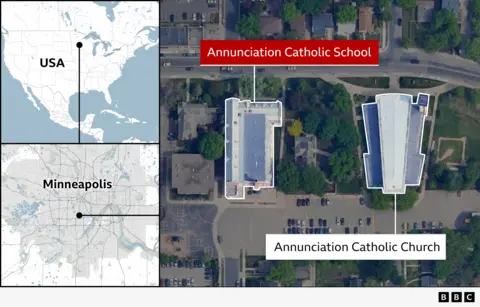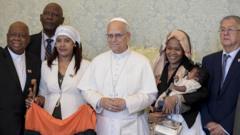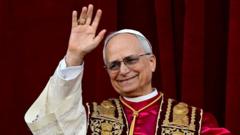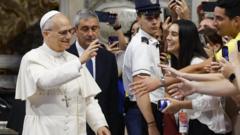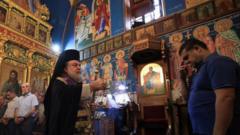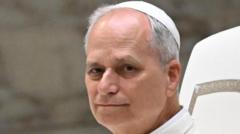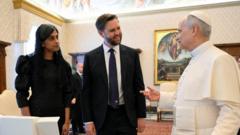Pope Leo XIV presided over his first Mass on Sunday, evoking the memories of a time when the coronation of a pope was marked by the lavish crowning ceremony featuring an elaborate tiara. This multi-faceted custom, prevalent from the 12th century until it was largely phased out by Paul VI in 1964, symbolized the pontiff's authority and connection to tradition.
Historian Rev. Stefano Sanchirico explains that while the tiara was primarily a ceremonial adornment, it was historically significant, worn during specific solemn events. The last tiara used by a pope currently resides in the Basilica of the National Shrine of the Immaculate Conception in Washington, D.C., after being retired from use decades ago.
In a poignant homily during his own inaugural Mass, Pope John Paul II remarked on the importance of moving beyond the tiara, emphasizing a shift in focus toward the spiritual mission of the papacy rather than the temporal power associated with such symbols. The grand archives of past coronations, including Pope Pius XII in 1939 and Pope John XXIII in 1958, offer captivating glimpses into a ceremonial past bathed in grandeur and historical significance.
However, the evolution of papal traditions illustrates a conscious effort by modern popes to adapt to contemporary sensibilities. Paul VI's decision to conduct the ceremony outdoors, utilizing the raised throne, marked a significant departure from previous indoor spectacles, reflecting a commitment to accessibility and public engagement, a philosophy carried on by subsequent popes, including during the recent funeral of Pope Francis.
As viewers today gather to witness the beginning of Pope Leo XIV's papacy, it serves as a reminder of the ever-changing landscape of the Catholic Church and the enduring legacy of its traditions.



